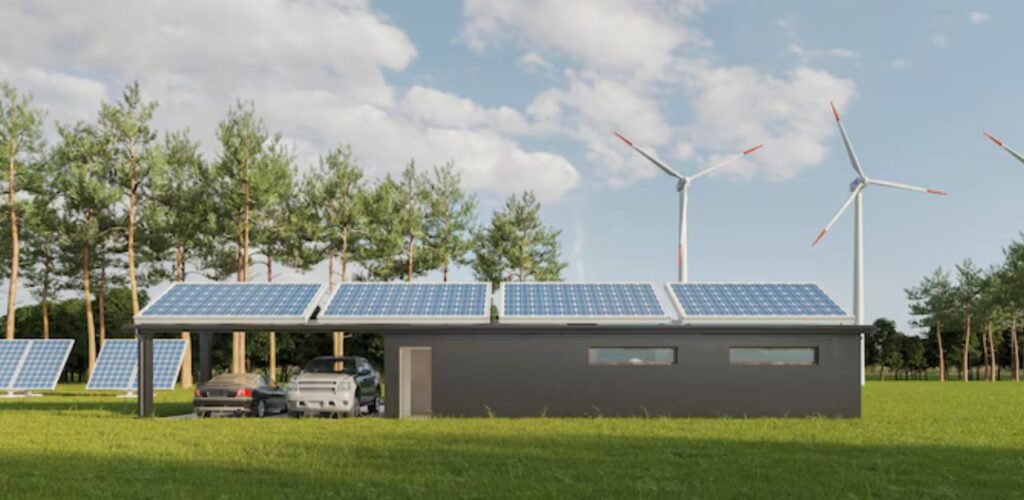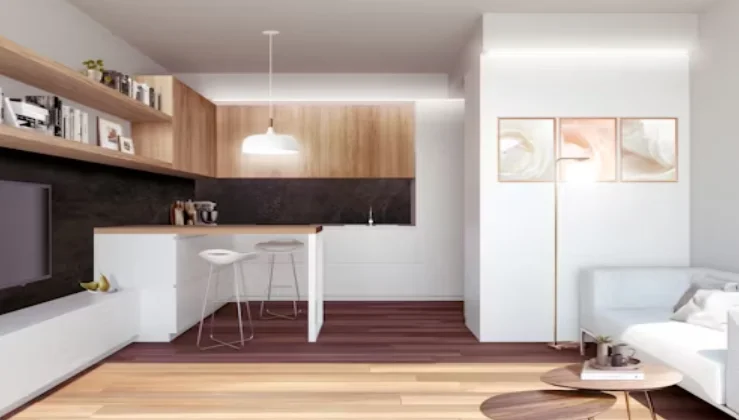Top Materials For Durable And Stylish Doors And Windows

Selecting the appropriate materials for doors and windows is an important choice when remodeling the outside of your house or starting from scratch. These features play a vital role in your home’s appearance, energy efficiency, security, and long-term performance. With the right materials, you can achieve a seamless blend of durability and style—ensuring your investment not only looks great but lasts for years.
Here is a summary of the best materials for doors and windows Edmonton that provide the perfect balance of strength, beauty, and low maintenance, ranging from conventional wood to cutting-edge composites.
Fiberglass: The Low-Maintenance All-Star
Fiberglass has become a favorite for both doors and windows thanks to its superior durability and weather resistance. It doesn’t warp, crack, or rot when exposed to extreme temperatures or moisture—making it ideal for homes in varying climates.
Advantages:
- Low maintenance and long lifespan.
- Excellent thermal insulation.
- It can mimic the look of real wood.
- Resistant to rust, corrosion, and pests.
Fiberglass is especially popular for entry doors, where it can replicate rich wood grain finishes while withstanding daily wear and weather exposure.
Vinyl: Cost-Effective And Energy Efficient
Vinyl is one of the most common materials for modern windows—and for good reason. It’s affordable, energy-efficient, and doesn’t require painting or staining. Ideal for homeowners seeking a sleek, minimal-maintenance solution, vinyl performs well in both hot and cold environments.
Advantages:
- Budget-friendly.
- Low maintenance (no painting required).
- Great insulation properties.
- Available in various colors and finishes.
While vinyl is more commonly used in windows, some manufacturers also offer vinyl-clad doors, particularly for patio or sliding configurations.
Wood: Timeless Beauty With Classic Appeal
Wood remains a popular choice for those who prioritize aesthetics. In addition to being incredibly customizable with regard to stains, paints, and finishes, it provides unparalleled warmth and classic charm. It does, however, need more maintenance to keep looking nice and shield it from weather-related damage.
Advantages:
- Natural, high-end look.
- It can be refinished or painted for easy updates.
- Excellent insulation.
To reduce maintenance, many homeowners opt for wood-clad options—wood on the interior for aesthetics and protective cladding (vinyl or aluminum) on the exterior for weather resistance.
Aluminum: Sleek, Modern, And Strong
Because aluminum is strong and thin, it works well with modern architectural styles. It provides clean lines and an open feel by enabling narrower frames and larger glass panes.
Advantages:
- Durable and lightweight.
- Resistant to corrosion with the right finish.
- Ideal for modern designs and large windows.
- Recyclable and environmentally friendly.
Steel: Unmatched Strength For Entry Doors
Steel is the top choice for homeowners who prioritize security and longevity, especially for entry and side doors. It’s incredibly strong, resists warping, and offers excellent fire resistance.
Advantages:
- High security and durability.
- Good insulation when paired with foam cores.
- Low maintenance with protective coatings.
- Sleek, industrial appearance when finished in bold or matte colors.
Although not common for windows, steel is gaining popularity in large-picture windows and custom architectural designs where industrial aesthetics are desired.
Composite: Engineered For Performance
Wood fibers and synthetic resins are combined to create composite materials, which combine the best qualities of both materials. They’re becoming increasingly popular for both doors and windows due to their strength, efficiency, and ability to withstand harsh conditions.
Advantages:
- Stable and strong.
- Resists moisture, decay, and insects.
- Paintable and customizable.
- Excellent thermal performance.
Composite doors and windows are often chosen for their consistency, especially in regions prone to temperature swings and humidity.
Final Thoughts
Selecting the right material for your doors and windows isn’t just about looks—it’s a long-term decision that impacts maintenance, comfort, and resale value. Whether you favor the modern edge of aluminum, the rustic charm of wood, or the practical benefits of fiberglass or vinyl, there’s a material to match every home and lifestyle. You can make a decision that improves your home’s functionality and aesthetics by taking your climate, design objectives, and maintenance preferences into account.

Braxons Group: Liquidity Protocols for RWA and Yield Strategies — Bridging Real Assets with DeFi

Do I Need a Business License for My Ohio LLC

Unlocking Niche Audiences Through A Strategic Market Segmentation Service

Accelerating drug discovery through the DEL-ML-CS approach

AI in Marketing Is No Longer a Buzzword — It’s the Strategy

Acamento: A Complete Guide to Meaning, Usage, and Industry Relevance

The Solar Generator Revolution: Beyond Gas Guzzlers

Shuttergo: Revolutionizing Smart Window Solutions for Modern Living








